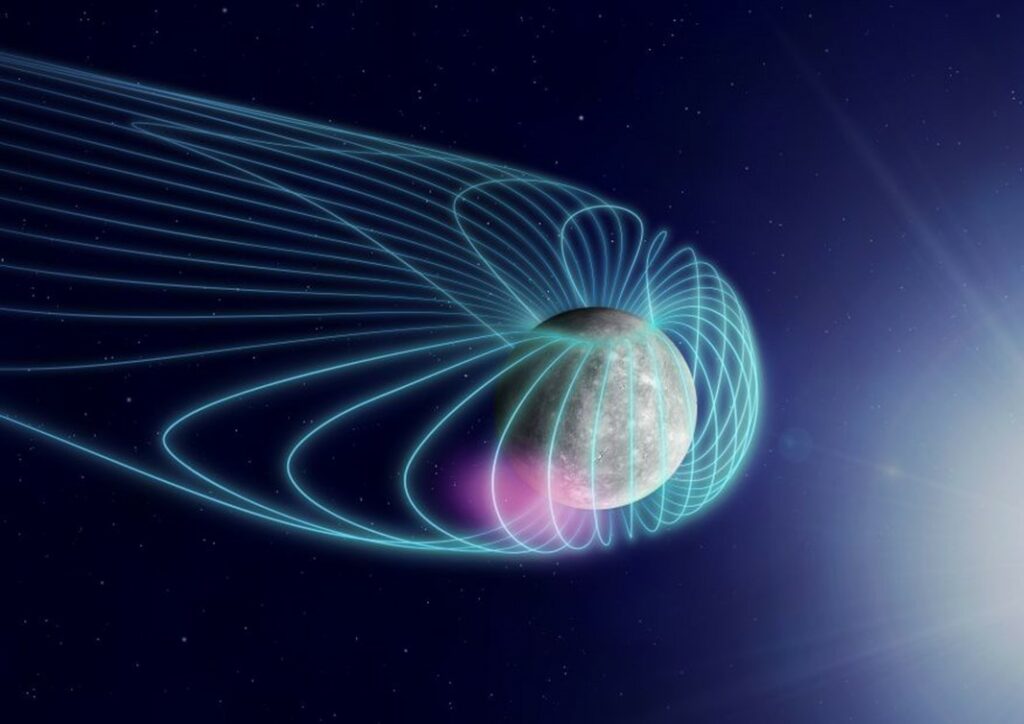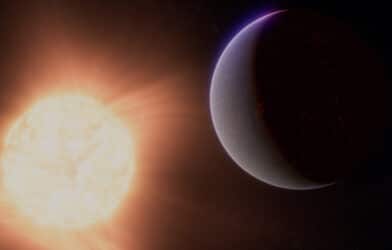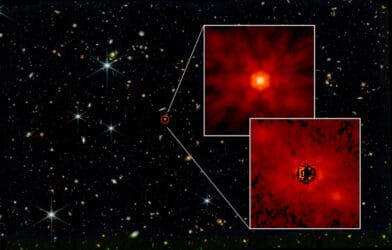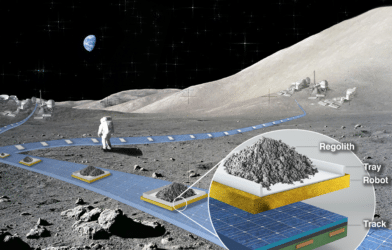Spacecraft Unveils Secrets of the Smallest Planet Closest to the Sun
In the depths of space, a significant discovery is being hailed by astronomers. Electromagnetic waves around Mercury, our solar system’s innermost planet, have been discovered by the Mio spacecraft, part of the BepiColombo International Mercury Exploration Project. But what does this really mean, and why should we care?
To understand this, let’s first unpack some terms. Mercury, like Earth, has a magnetic field, which is the invisible force that causes compass needles to point north. This magnetic field surrounds the planet, creating a protective “bubble” called a magnetosphere. Think of it like a shield that blocks out harmful space radiation. Without Earth’s magnetosphere, life as we know it would be impossible.
The Sun constantly releases a stream of charged particles called the solar wind. This wind travels at incredible speeds – several hundred kilometers per second – and can impact nearby planets. In Mercury’s case, the solar wind has a unique effect because of its close proximity to the Sun.
Historical space missions like Mariner 10 in the 1970s and MESSENGER in the 2000s explored Mercury’s magnetic field. However, this latest mission with the Mio spacecraft is different. Armed with state-of-the-art instruments, it’s probing the electromagnetic environment around Mercury for the first time. And it’s these electromagnetic waves that can speed up charged particles, playing a crucial role in how Mercury’s magnetosphere behaves.
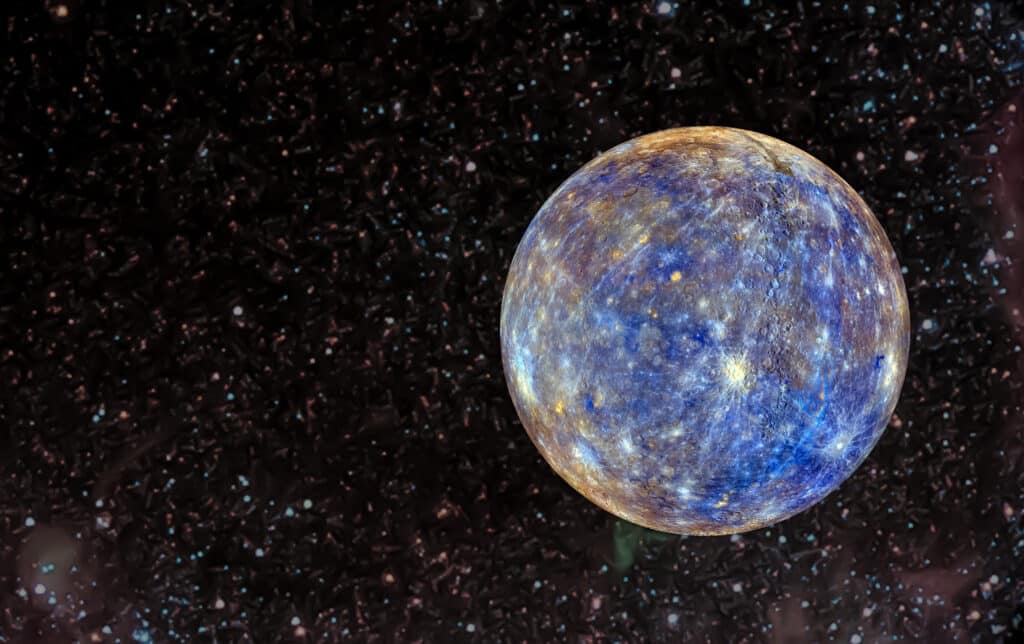
One fascinating detail is that, during its flybys of Mercury in 2021 and 2022, the Mio spacecraft, thanks to its “electromagnetically clean” design, observed chorus waves — a type of electromagnetic wave — but only in a specific region: the dawn sector of Mercury’s magnetosphere. Dr. Ozaki of Kanazawa University expressed the team’s surprise at the “spatial locality” of these waves.
But why are these chorus waves limited to one area?
To unravel this mystery, scientists from multiple institutions, including Japan’s Kanazawa and Kyoto Universities, and the French Space Agency (CNES), used a mix of observation, theory, and simulation. They discovered that Mercury’s magnetic field, distorted by the robust solar wind, plays a crucial role. In simpler terms, the magnetic field lines on the night side of Mercury stretch due to solar wind pressure, whereas those in the dawn sector remain relatively undistorted. This difference results in conditions that favor chorus wave generation, efficiently transferring energy from electrons to electromagnetic waves.
These findings are groundbreaking for several reasons:
- Electron Behavior: Chorus waves indicate the presence of energetic electrons around Mercury. These electrons can produce X-ray auroras as they crash onto Mercury’s surface.
- Magnetospheric Dynamics: The discovery enhances our comprehension of how magnetospheres work, not just around Mercury but for other planets too.
- Life Protection: Earth’s magnetosphere acts as a protective shield against harmful cosmic radiation. By comparing Mercury’s data with Earth’s, we can better understand this natural shield that safeguards life on our planet.
Currently, the Mio spacecraft is still en route to Mercury and will enter its orbit in 2025. This challenging feat requires using the gravitational pull of other planets like Earth and Venus for assistance. The team behind the mission eagerly awaits more revelations from the Mio spacecraft.
As the Mio spacecraft advances towards Mercury, it not only promises to shed light on the mysteries of our neighboring planet but also offers insights that could enhance our understanding of Earth’s protective barriers. As we journey further into the cosmos, such discoveries underscore the importance of space exploration in the quest for knowledge.
The findings are published in the journal Nature Astronomy.
